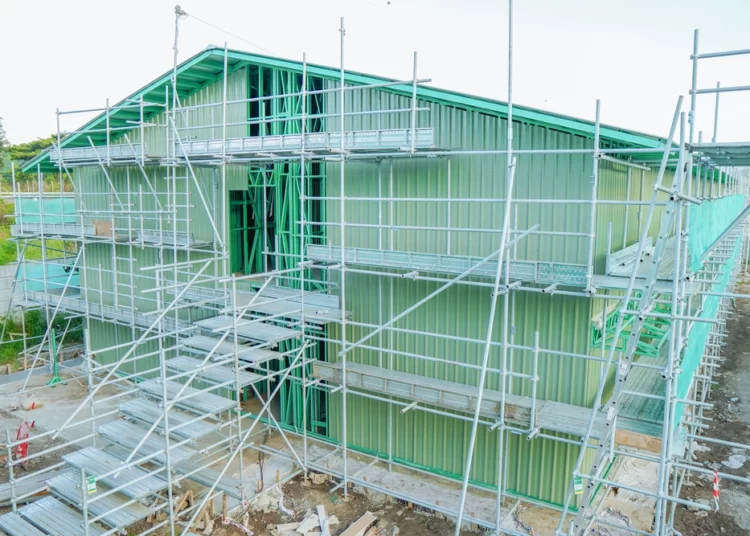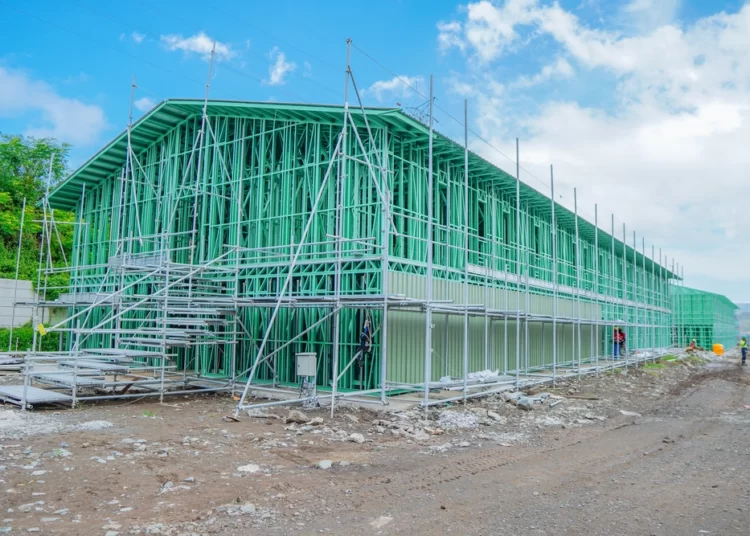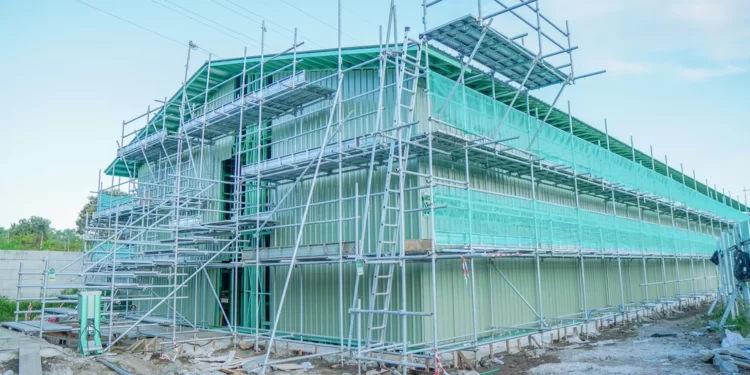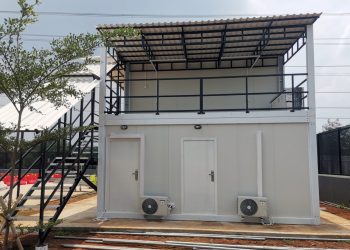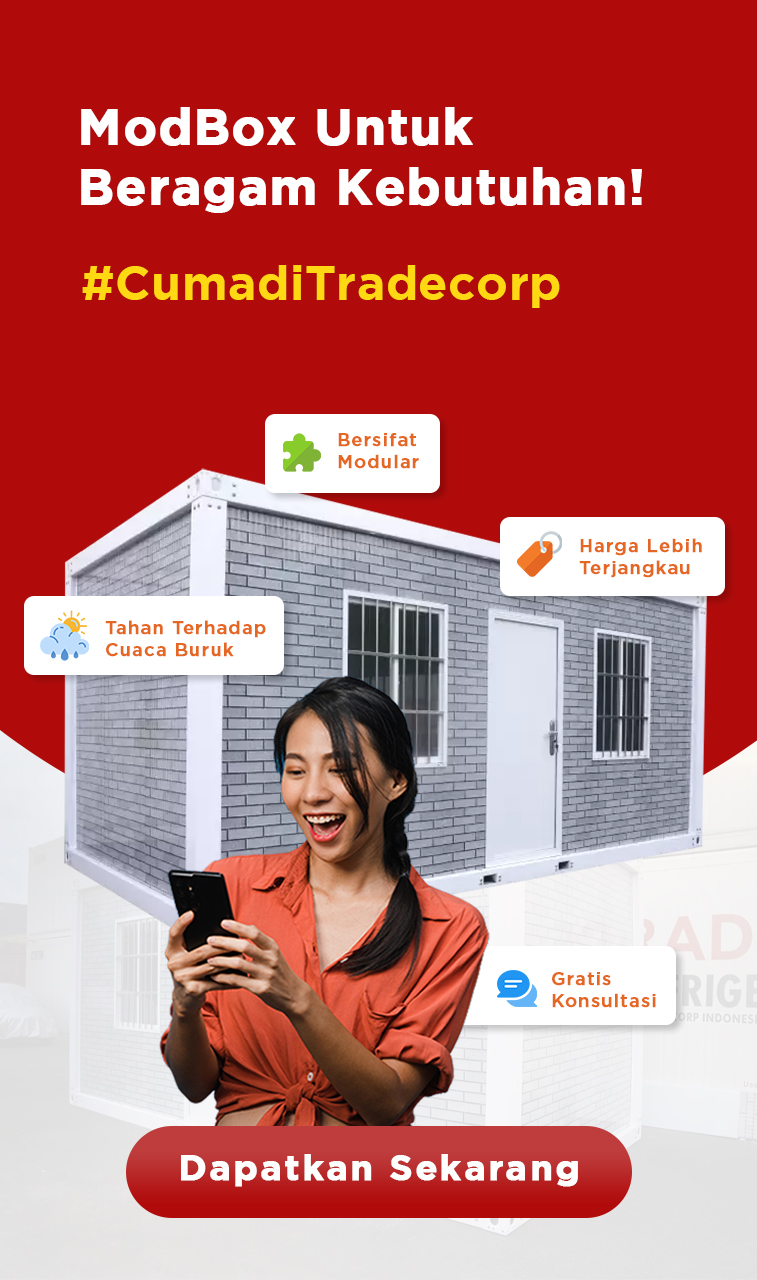Temporary housing refers to buildings designed for use over a limited period, such as during construction projects or emergency situations. The need for this type of accommodation is essential to provide a quick and efficient solution without the lengthy process of permanent construction.
Project workers, disaster victims, and organizations with urgent needs often rely on this type of structure. By utilizing modular construction and Light Gauge Steel (LGS), temporary housing can be built quickly, easily customized, and optimized in terms of both cost and time.
Daftar isi
What Is a Modular Building?
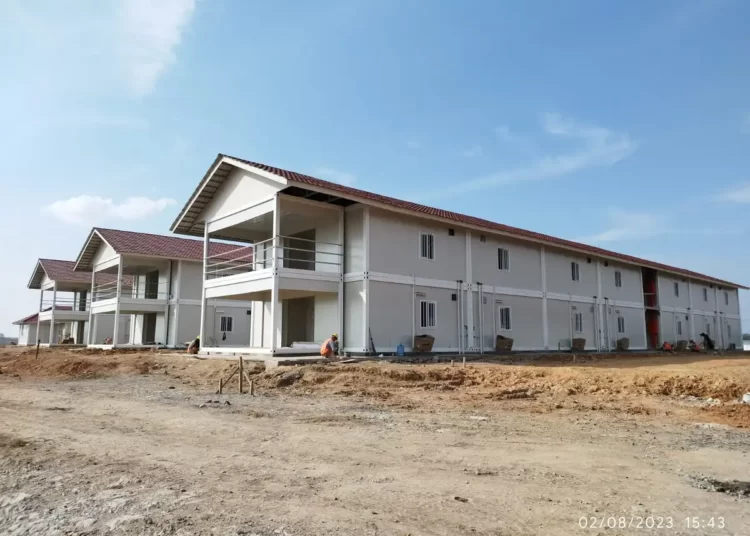
Some of us may already be familiar with modular construction, but there are still many who are not yet acquainted with the term. A modular building is a structure that adopts a knock-down construction system, in which most of its components are prefabricated in a factory. In other words, the majority of the building elements are produced off-site and later assembled at the final building location.
This is why modular buildings are often referred to as prefabricated buildings. The factory production process allows for the use of advanced machinery and technology, ensuring precision and high-quality building components.
Unlike conventional construction, which is typically permanent, prefabricated construction can be disassembled and reassembled as needed, offering greater flexibility and adaptability.
Characteristics of Modular Buildings:
- Factory Prefabrication: Building components are manufactured in factories under strict standards and quality control, minimizing construction errors and speeding up the building process.
- On-Site Assembly: Once produced, these modules are transported to the project site and assembled into a complete structure. This significantly shortens construction time.
- Flexible Design: The modules can be customized to suit various design needs, allowing for different configurations and sizes based on specific requirements.
- Reusability and Portability: Unlike conventional buildings, modular buildings can be disassembled and relocated, offering added flexibility.
Advantages of Modular Buildings:
- Faster Construction: Building time is significantly shorter compared to traditional methods, often completed within just a few weeks.
- Eco-Friendly: The efficient prefabrication process reduces construction waste and optimizes material usage.
- Customizable Design: The modular system allows for adjustments or additions based on specific needs, offering design flexibility.
- High Quality: Manufactured with precision using advanced technology in factories, modular buildings ensure strong and reliable quality.
- Regulations and Standards: Despite their flexibility, modular buildings must still comply with applicable codes, standards, and regulations. Not all builders are capable of constructing prefabricated buildings, as it requires specific skills and expertise.
Modular buildings can be applied to various types of structures, including residential homes, factories, modular offices, and more. If you’re considering this type of building for your own space, be sure to explore the flexibility and benefits it offers.
The Best Option for Office and Mining Camp
What Is an LGS Building?
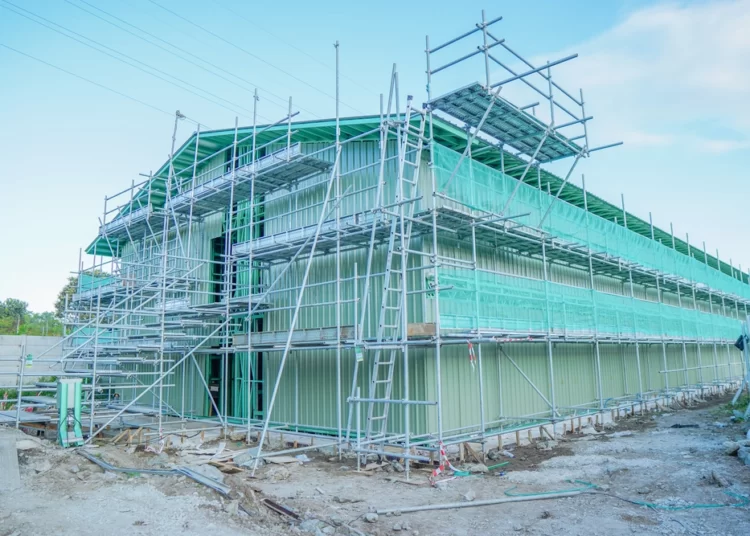
Light Gauge Steel (LGS) buildings, also known as Light Gauge Steel Framing (LGSF) systems, represent a modern construction technology that utilizes cold-formed steel for building components. This lightweight steel is known for delivering high structural strength while maintaining a low weight, making it an efficient and flexible choice for various construction applications.
Key Characteristics of LGS Buildings:
- Cold-Formed Steel: LGSF uses steel that is shaped through a cold-forming process, meaning it is molded without the use of heat. This technique ensures optimal strength and durability while minimizing the weight of the material.
- Versatile Components: LGSF can be applied to various building elements, including roofing systems, floors, walls, roofing panels, and decks. This flexibility allows it to be used in a wide range of projects, from residential homes to commercial and industrial buildings.
- Manufacturing and Installation Process: Light gauge steel components are manufactured in factories with high precision, then assembled on-site. This streamlines the construction process and reduces both time and cost compared to traditional methods.
- Modern Technology: The use of advanced technology in both the manufacturing and installation of light gauge steel ensures that every component meets strict quality standards, resulting in a strong and long-lasting structure.
Advantages of LGS Buildings:
- Lightweight and Strong: Light gauge steel offers a combination of strength and lightness, making it easy to transport and install while providing solid structural support.
- Weather Resistance: Designed to withstand various weather conditions and resist corrosion, the light gauge steel structure is suitable for different environments and climates.
- Energy Efficiency: LGS structures can be designed to enhance energy efficiency, helping to reduce operational costs and environmental impact.
- Design Flexibility: With its adaptability in shaping and assembly, LGS allows for greater design freedom compared to traditional construction methods.
- Cost and Time Efficiency: The fast and efficient construction process of LGS enables significant savings in both time and expenses, making it a cost-effective choice for many types of projects.
- Environmentally Friendly: Light gauge steel is recyclable, and its manufacturing process is often more eco-friendly than that of conventional construction materials.
The Light Gauge Steel Framing (LGSF) system is an innovative construction solution that offers strength, flexibility, and efficiency. These advantages make LGSF an increasingly popular choice for a wide range of modern construction projects.
The Differences Between Modular Buildings and LGS Buildings
|
Aspect |
Modular Buildings |
Light Gauge Steel (LGS) |
| Construction Method | Consist of prefabricated components produced in factories and assembled on-site. | Uses cold-formed steel that is fabricated and assembled on-site. |
| Main Materials | Made from various materials such as steel, sandwich panels, and GRC boards. | Uses cold-formed steel as the primary material. |
| Flexibility and Design | Can be customized in various configurations and sizes, suitable for operational buildings and accommodation. | Flexible for constructing residential, commercial, and industrial buildings. |
| Construction Time and Efficiency | Very fast construction time due to ready-to-assemble prefabricated components. | Efficient construction time using pre-manufactured components. |
| Structural Strength and Durability | Modular components are solid and sturdy. | Offers high structural strength and good resistance to various loads and environmental conditions. |
| Sustainability and Environmental Impact | More environmentally friendly than traditional concrete construction, with recyclable materials, reduced waste, and energy-saving features. | Also considered more sustainable than traditional concrete, thanks to recyclable materials, waste reduction, and energy-efficient features. |
| Cost Consideration and Return on Investment | Potential cost savings through reduced labor and faster construction. Costs may vary depending on location, project size, and design complexity. | Offers cost savings through efficient processes and reduced construction time. Costs vary based on project factors such as location and design. |
Modular Building Models
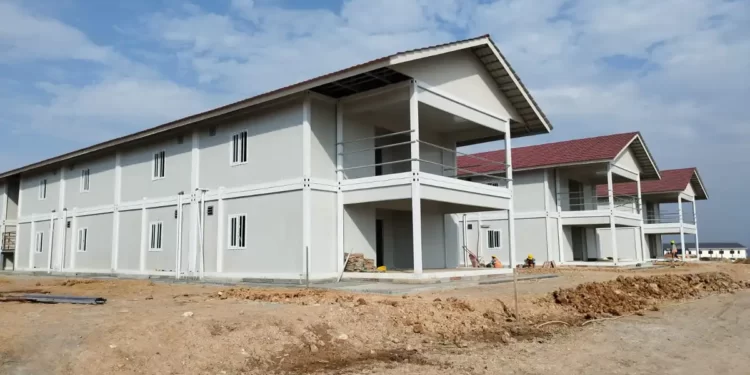

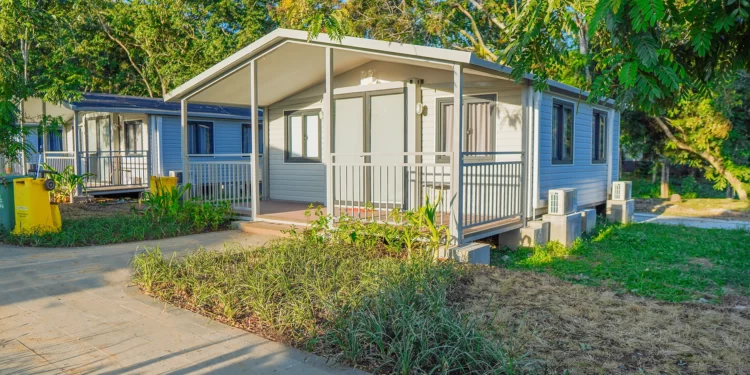
The Best Option for Office and Mining Camp
LGS Building Models
